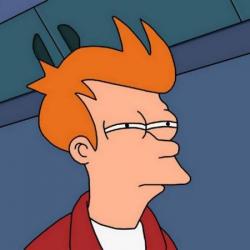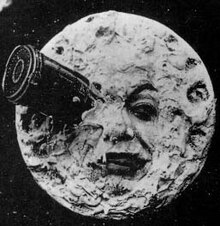Many innovations have challenged the
role of ethics in research and in practice, but bioprinting might be the
greatest innovation to take on this challenge in the history of science.
Serving as a scientific means of changing the health industry, bioprinting is
the process of generating new tissues and organs from preexisting cells. The
term “bioprinting” originates in the method that is undertaken to perform this
process – the technology that generates these new tissues and organs is similar
to a printer that uses ink to create text and designs on paper. With the
capabilities of bioprinting finally being realized, ethical issues abound as
the potential uses of this technology are also becoming evident.
How It Works
The mechanisms of bioprinting
function just like that of an inkjet printer. As inkjet printers use cartridges
filled with ink that will be released onto paper, bioprinters use cartridges
that dispense living cells. The part of the bioprinter that controls this
process is the bioprint head, which moves left, right, forward, backward, up,
and down within the allowed area to designate cells into the predetermined
shape of the desired tissue or organ. The bioprint head releases cells and a
gel to preserve the cells during the bioprinting process, and layer by layer
the tissue or organ is created. After the cells have been released into the
vat, the cells will begin to bind to each other to form the tissue or organ.
This entire process is based on the existence of a digital 3D image of the
tissue or organ that is to be formed.
Possible Beneficial Uses
Many beneficial uses for bioprinting
have been recognized and may hold significance in the future of medicine. Among
the most obvious due to the ability of bioprinting to create organs is its use
to do so for the purpose of organ transplants, which would eliminate the need
for organ donors and the need for waiting lists for transplants. The second
beneficial use for bioprinting is to generate tissues for use in plastic
surgery; this may be primarily for plastic surgery that is needed for
functional and cosmetic reasons following severe bodily injury or for vanity. For
example, body parts have already been created through bioprinting such as
prosthetics (A Brief History, n.d.). Third, bioprinting can benefit medicine by
allowing for extensive research through the generation of tissues and organs
from human cells. By producing tissues and organs in this way, an adequate
amount can be dedicated to finding treatments and cures to diseases and other
health problems, and the effectiveness of medications can be tested for
effectiveness and health maintenance. Finally, the additional supply of tissues
and organs from bioprinting may improve the accuracy of medical procedures by
providing opportunities for practicing such procedures, and with further innovation
bioprinting may even allow for the creation of tissues directly into the body
or organs to be repaired within the body.
Ethical Dilemmas
Although bioprinting holds potential
for various innovations in medical care and treatment, it does present some
ethical issues because of how it may be used in future practice. First, the
appropriateness of bioprinting to be used for cosmetic purposes may eventually
allow the generation of new faces that people can have created upon themselves
after the removal of their own facial cells (Bioprinting, n.d.). Second, youth
may be able to use images of their own faces for facial reconstruction in the
years of the future to provide lifelong youth. Another possibility is that
bioprinting may provide prolonged life – if organs and other body parts are repaired
or replaced throughout life, this might add years to the average lifespan and
even contribute to the idea of immortality.
Conclusion
Bioprinting emerged out of the
innovation of 3D printing in 1984 that enabled the creation of 3D objects from
digital data and appropriate materials (A Brief History, n.d.). The most
important benefit of bioprinting is the ability for improving lives – whether
through prosthetics or organ transplants, bioprinting may extend lives and
improve the quality of life. It is a complex process that requires the use of
cells from the specific individual for which the new tissues or organs will be
created, because this will eliminate the possibility of rejection by the body. Bioprinting
holds significant potential for the future of medicine, but the ethical
challenges may exist for some time until the possibilities are genuinely denied
that bioprinting may be used for inappropriate measures as those already
described.
References
“A brief history of 3D printing.” (n.d.). Retrieved March 14,
2014, from
<http://individual.troweprice.com/staticFiles/Retail/Shared/PDFs/3D_Printing_Infographic_FINAL.pdf>.
“Bioprinting.” (n.d.). Retrieved March 14, 2014, from
<http://explainingthefuture.com/bioprinting.html>.





